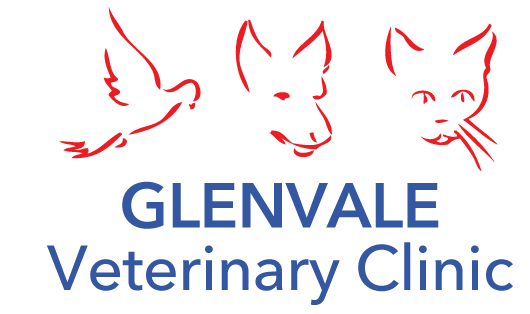
Rat Lung Worm
Rat lungworm has been in the media recently due to one case causing the death of an 11 month old child. Rat lungworm normally dwells in the right ventricle and pulmonary arteries of rats, causing little if any disease. However, when other hosts are accidentally infected – by eating the lungworm larvae in slugs and snails or frogs, fish and other crustaceans – they can create havoc.
The larvae migrate through the central nervous system before settling into the lungs, this leads to neural injury and haemorrhage. Younger dogs present with inability to walk on their hind limbs, urinary and faecal incontinence and severe pain. In older dogs, pain can occur anywhere, for example the middle of the back or neck. Rat lungworm seasonality corresponds to slug and snail activity.
Moxidectin depot formulation (SR-12) injection given annually for heartworm prevention or the spot on treatment Advocate may help to prevent rat lungworm infestation.

Pet Facts
- Studies have shown that people who own pets live longer, have less stress, and have fewer heart attacks.
- Over 50% of all pet owners would rather be stranded on a desert island with their pet, not another person.
- Dogs have about 100 different facial expressions, most of them made with their ears.
- Dogs do not have an appendix.
- A cat can jump as much as seven times its height.
- Cats have five toes on each front paw, but only four toes on each back paw.
- Cats have over one hundred vocal sounds, while dogs only have about ten.
- A pack of kittens is called a kindle, while a pack of adult cats is called a clowder.
RSPCA Cupcake Day 20th August 2012
On Monday the 20th of August Glenvale participated in the RSPCA cupcake day. We would like to thank everyone who came into the clinic and brought our delicious cupcake, slices and doggy treats.
With your help we managed to raise over $400.00 to help the RSPCA shelters, clinics, Inspectors and animals in need of care.
Special Thanks to our clients who helped bake some amazing cup cakes. We cannot wait to participate next year and beat this year’s total funds raised!!!
The Sting of Spring...

Insect bites, particularly from bees and wasps occur commonly in spring and can cause a serious allergic reaction.
Due to their curious nature, dogs (and less commonly cats) are often bitten around the face or the paw.
Signs to watch out for:
- Swelling around face or mouth
- Sore paw or sudden lameness
- Breathing or swallowing problems
If your dog has been stung inside their mouth, don’t waste any time. Call us and let us know the situation and that you are bringing in your dog, NOW. A dog stung inside the mouth is serious, especially if the tongue begins to swell or the dog tried to swallow the bee or wasp. This kind of a sting can cut off their air supply and become life threatening quickly.
Even in less severe cases, the sting/barb is often still imbedded and needs to be removed. Your pet may also need an injection to help reduce swelling and pain.
To help prevent stings, keep grass trimmed and remove flowering weeds and objects that may attract bees and wasps such as smelly old bones. Always be on the look out for bee and wasp activity outside and contact us if you think your pet may have been stung.
What's behind a smile?
There is a disease out there that likes to hide in your pet's mouth. It is called dental disease. As many as 8 in 10 pets may be suffering from dental disease. It is caused by food particles and bacteria that build up around the teeth.
This causes irritation of the gum and leads to an inflammatory condition called gingivitis. Eventually the gum separates from the tooth allowing small pockets of bacteria to form. At this point, the tooth's attachments start to break down and the disease becomes irreversible.
Signs of dental disease:
- Bad breath
- Shying away when the mouth is touched
- Drooling or dropping food from the mouth
- Bleeding from the mouth
- A loss of appetite or weight loss
If your pet will allow it, gently open its mouth and look inside for red and swollen gums, a yellow-brown crust of tartar around the gum line, or broken or loose teeth. If you notice any of these changes, arrange a dental check up for your pet as soon as possible.
Dental disease is a great example of why regular check ups with us are important. If we can pick up on dental disease early, we can implement a dental disease prevention plan and we are often able to prevent further damage to your pet's teeth, giving you and your pet something to smile about!
Address
236 Springvale Road
Glen Waverley VIC 3150
(Opp. the Glen Shopping Centre)
Navigation
Clinic hours
Monday to Friday 7:00am - 8:00pm
Saturday 7:00am - 1:00pm
Sunday and public holidays 10:00am - 12:00pm (Emergencies Only)
Standard consultation fees apply during clinic hours







